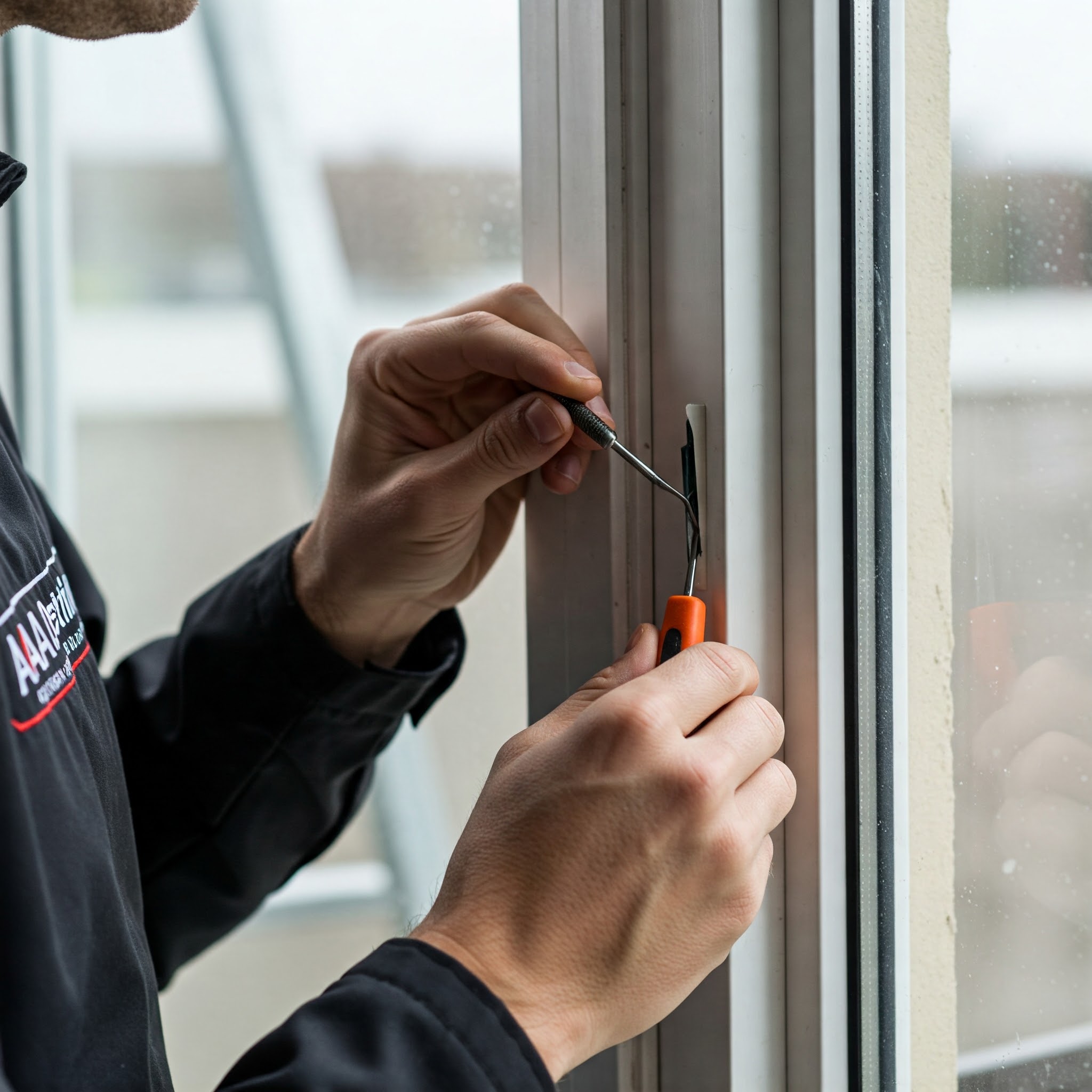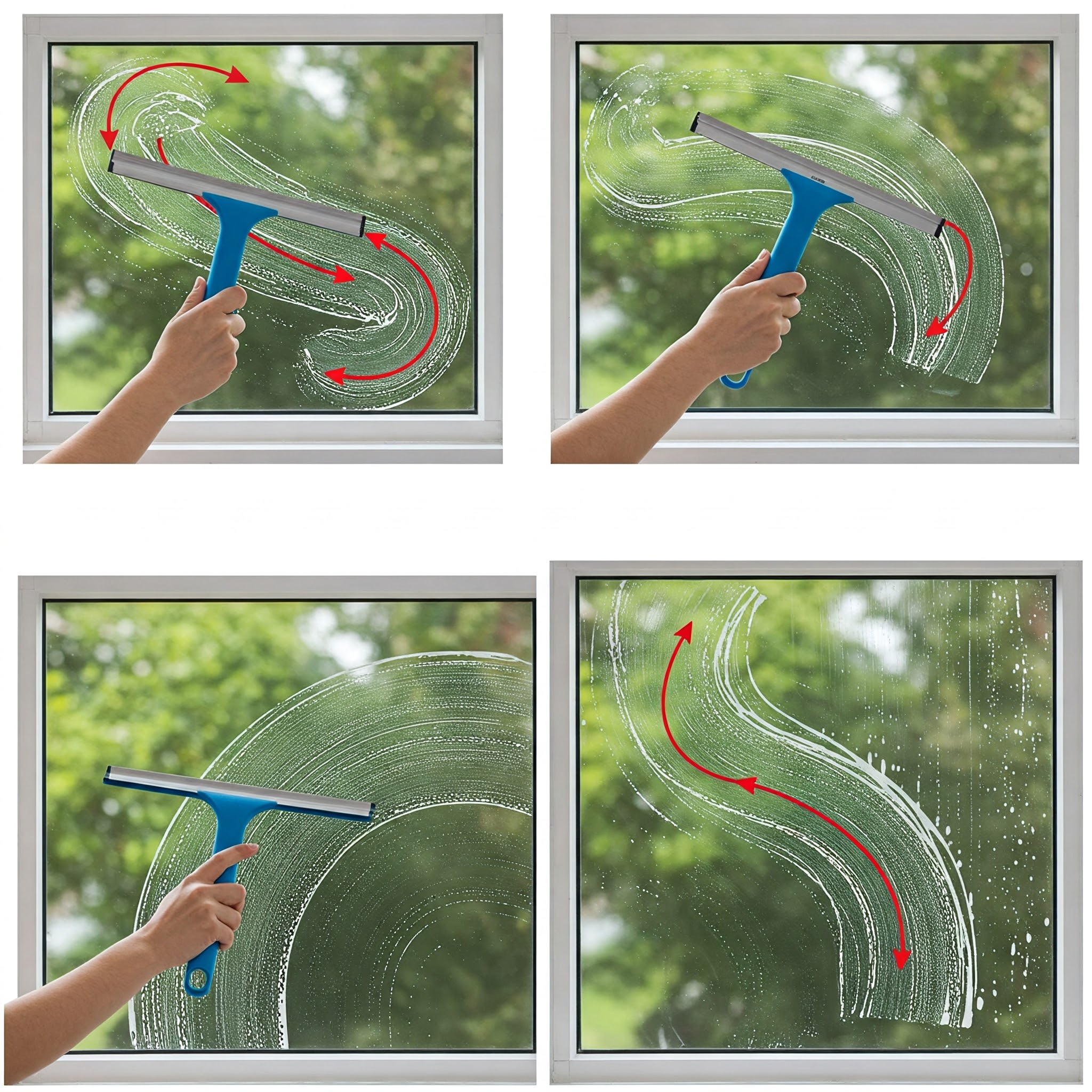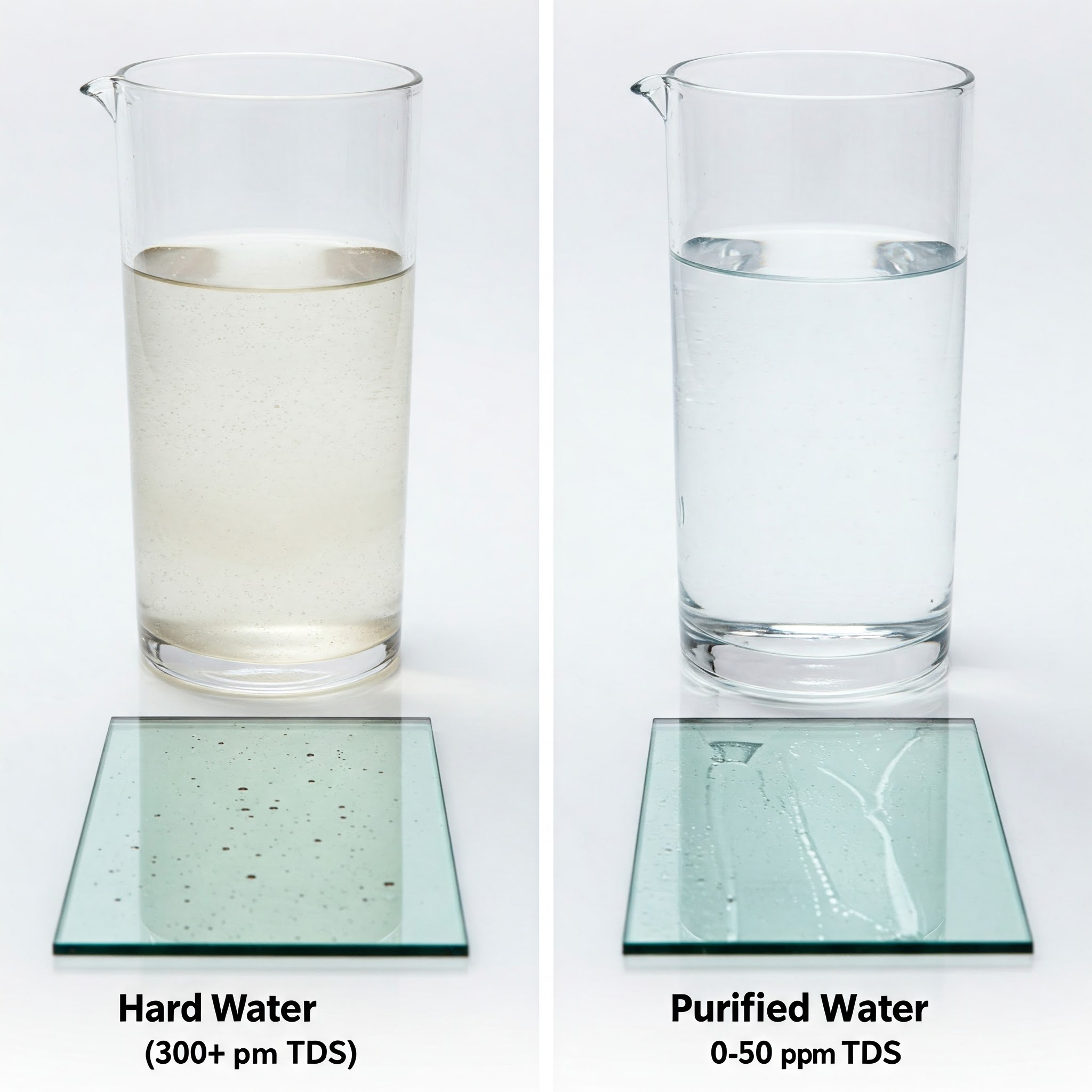
Tips & Tricks for Keeping Clean Windows
Professional advice to help you maintain streak-free windows between our cleaning visits.
Window Care Essentials
While professional window cleaning is recommended for the best results, there are several steps you can take between our visits to keep your windows looking their best.
These practical tips will help you maintain cleaner windows and extend the benefits of professional cleaning.

Understanding Water Quality
The quality of water you use for window cleaning significantly impacts your results. Hard water containing high levels of minerals can leave spots and streaks on your windows.
Total Dissolved Solids (TDS)
TDS is a measure of the combined content of all dissolved substances in water. The higher the TDS level, the harder the water and the more likely it is to leave spots on your windows.
0-50 ppm
Very Soft
100-200 ppm
Moderate
300+ ppm
Very Hard
At AAADetailing, we use purified water with a TDS level close to zero, ensuring streak-free results. For home cleaning, consider using distilled water or a water softener attachment for your hose.

Professional Window Cleaning Tips
For a homemade window cleaning solution, mix one part white vinegar with four parts distilled water. The acidity in vinegar helps break down dirt and grime without leaving streaks.
Avoid cleaning products with ammonia or alcohol as they can leave streaks and damage window frames over time.
Clean windows on a cloudy day to prevent the cleaning solution from drying too quickly and leaving streaks. Use a microfiber cloth or squeegee in an S-pattern, working from top to bottom.
Always dry the edges and corners thoroughly as these areas tend to collect excess moisture and streaks.
Avoid cleaning windows in direct sunlight or during very hot weather, as this causes the cleaning solution to dry too quickly, leaving streaks and spots on the glass.
The ideal temperature for window cleaning is between 10°C and 20°C with overcast skies.
Dust window frames and sills weekly to prevent dirt buildup. Wipe down windows with a dry microfiber cloth between professional cleanings to remove fingerprints and light dust.
For optimal results, schedule professional window cleaning every 1-3 months depending on your environment.
Invest in quality window cleaning tools: a good squeegee with a rubber blade, microfiber cloths, a soft brush for frames, and a bucket for your cleaning solution.
Replace your squeegee blade when it shows signs of wear to avoid streaking and ensure efficient cleaning.
For stubborn hard water stains, create a paste using baking soda and water. Apply to the affected areas, let sit for 10 minutes, then scrub gently with a soft cloth before rinsing.
For severe mineral deposits, consider hiring professionals with specialized equipment and solutions.
DIY vs. Professional Window Cleaning
- ✓
Cost-Effective for Basic Cleaning
Lower immediate cost using household supplies
- ✓
Convenient for Quick Touch-ups
Can be done anytime on your schedule
- ✗
Limited Equipment
Lack of professional-grade tools and solutions
- ✗
Safety Concerns
Risk of falls when cleaning upper-story windows
- ✗
Inconsistent Results
Often leaves streaks and missed spots
- ✓
Superior Results
Streak-free, spotless windows with every cleaning
- ✓
Advanced Equipment
Pure water systems and professional-grade tools
- ✓
Safety and Insurance
Trained professionals with proper safety equipment
- ✓
Time-Saving
Efficient service that frees up your time
- ✓
Comprehensive Service
Includes frames, tracks, and hard-to-reach areas
Leave It to the Professionals
While these tips can help maintain your windows, nothing beats the results of professional window cleaning. Contact us today for streak-free, spotless windows.
Get Your Free Quote